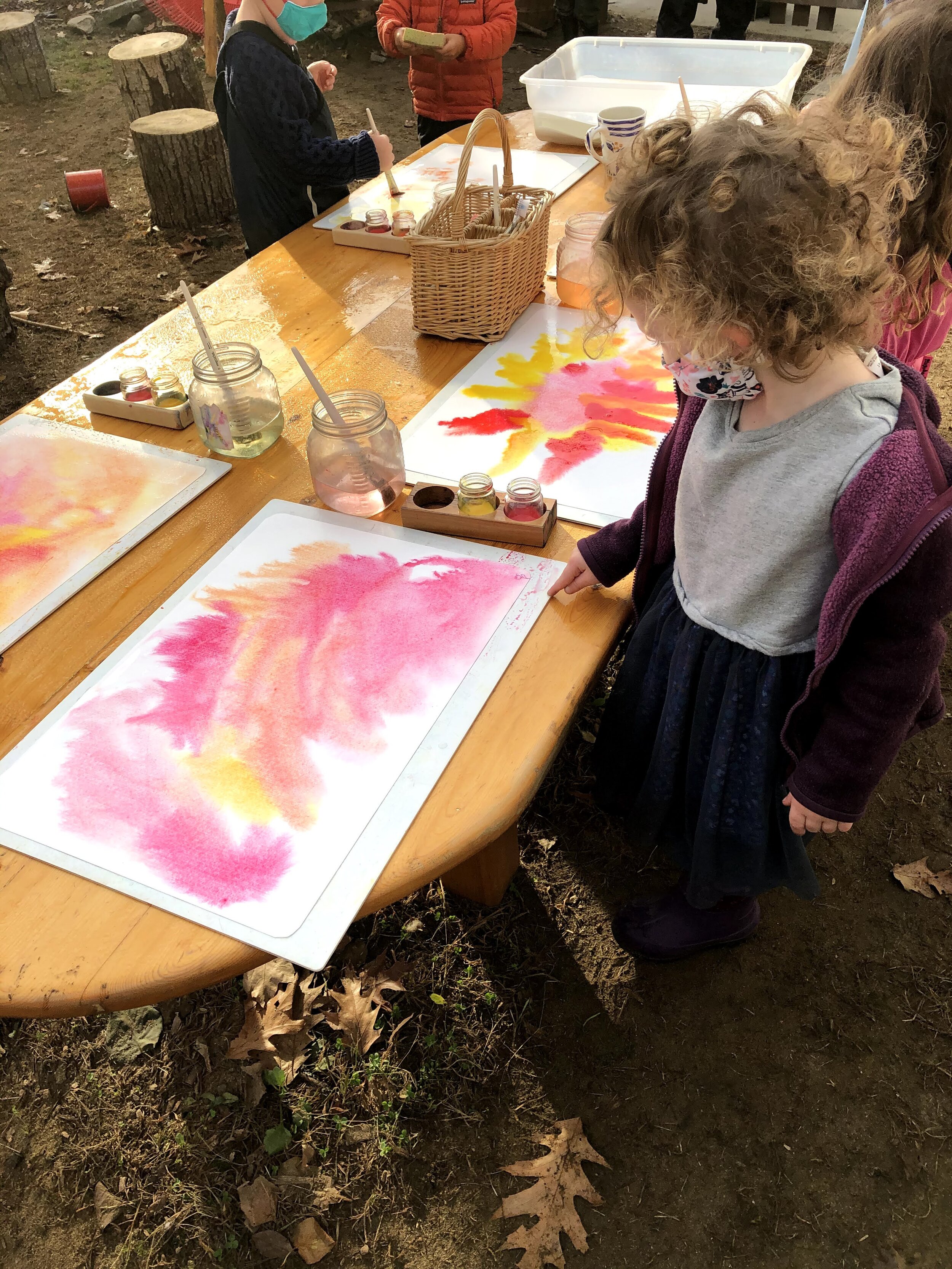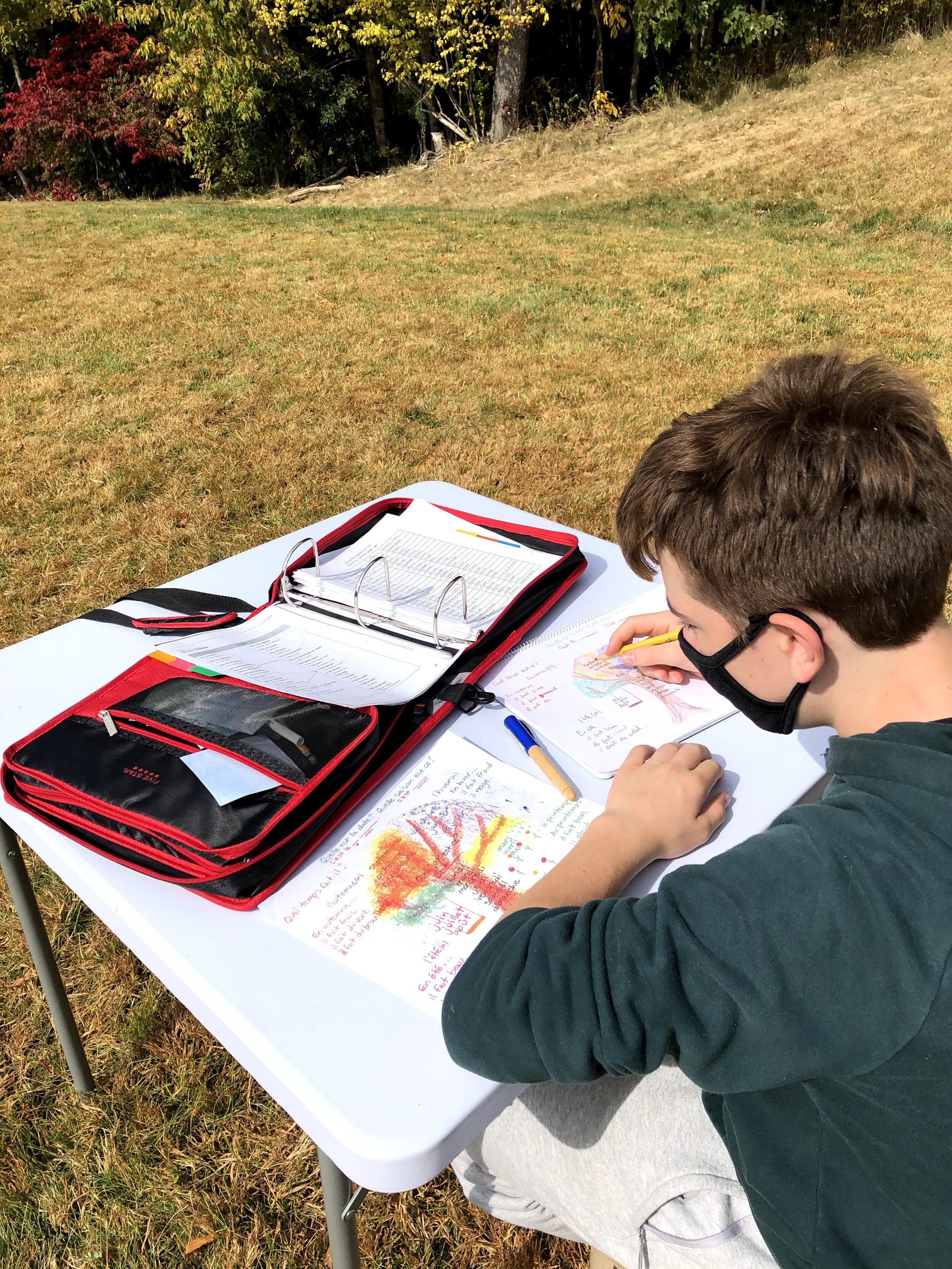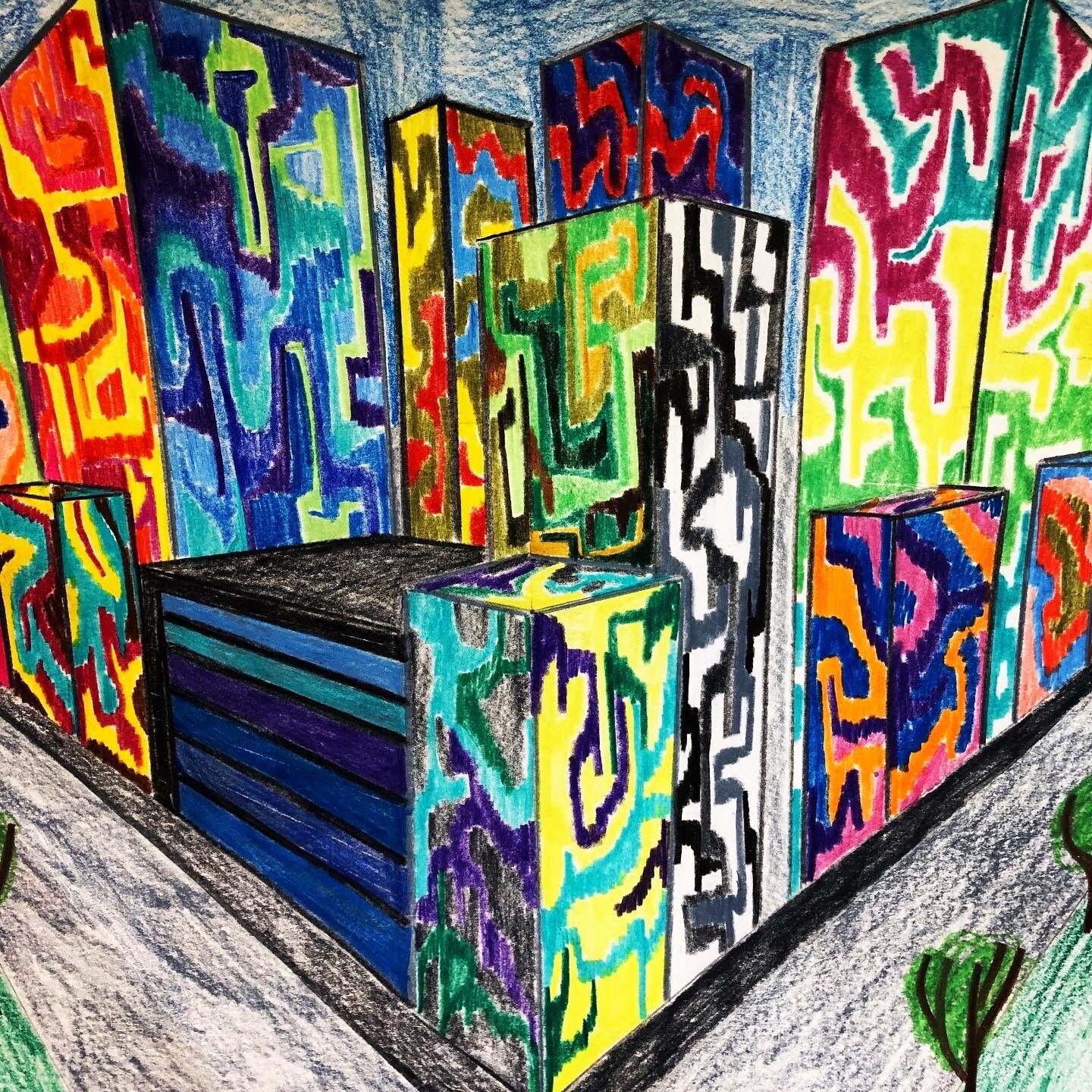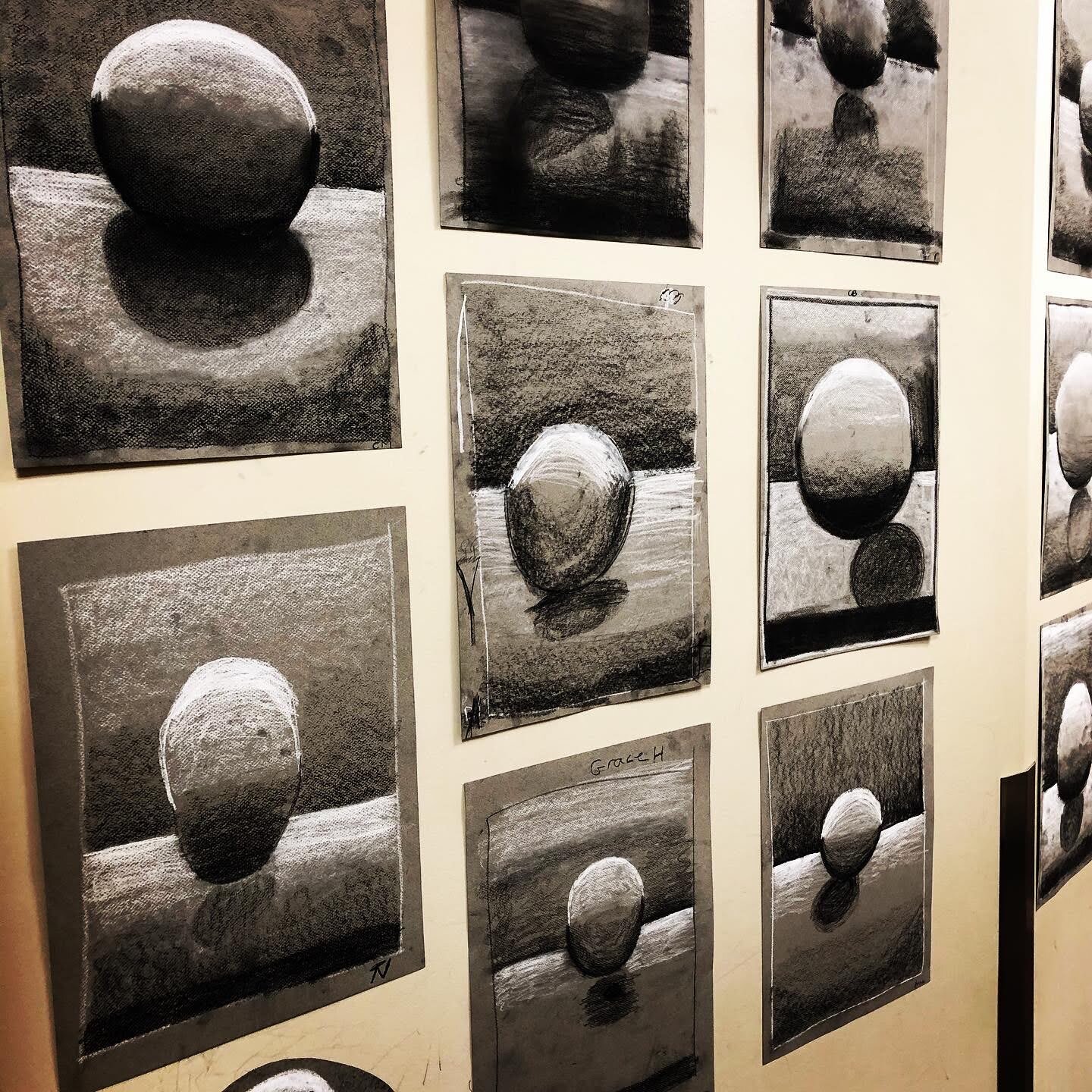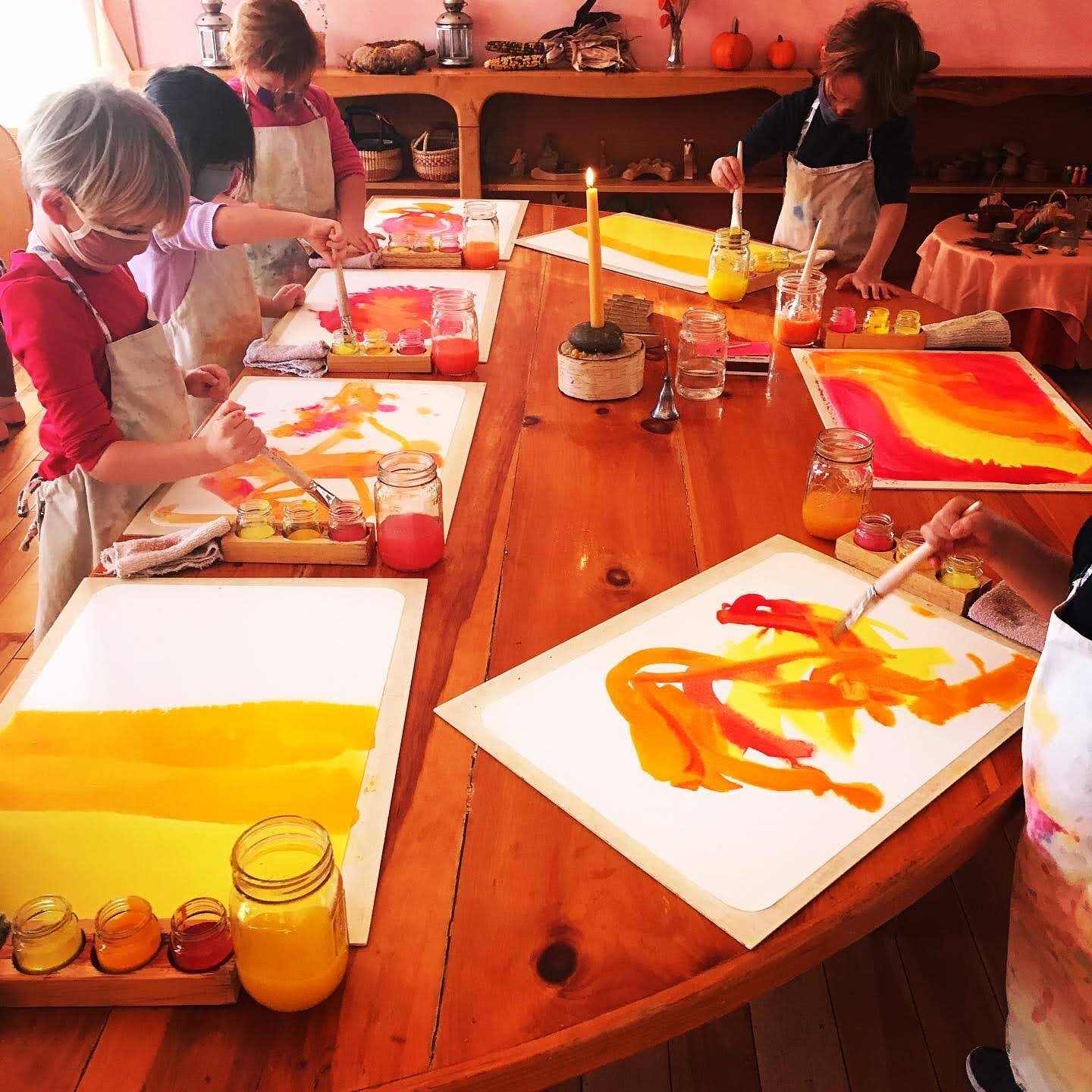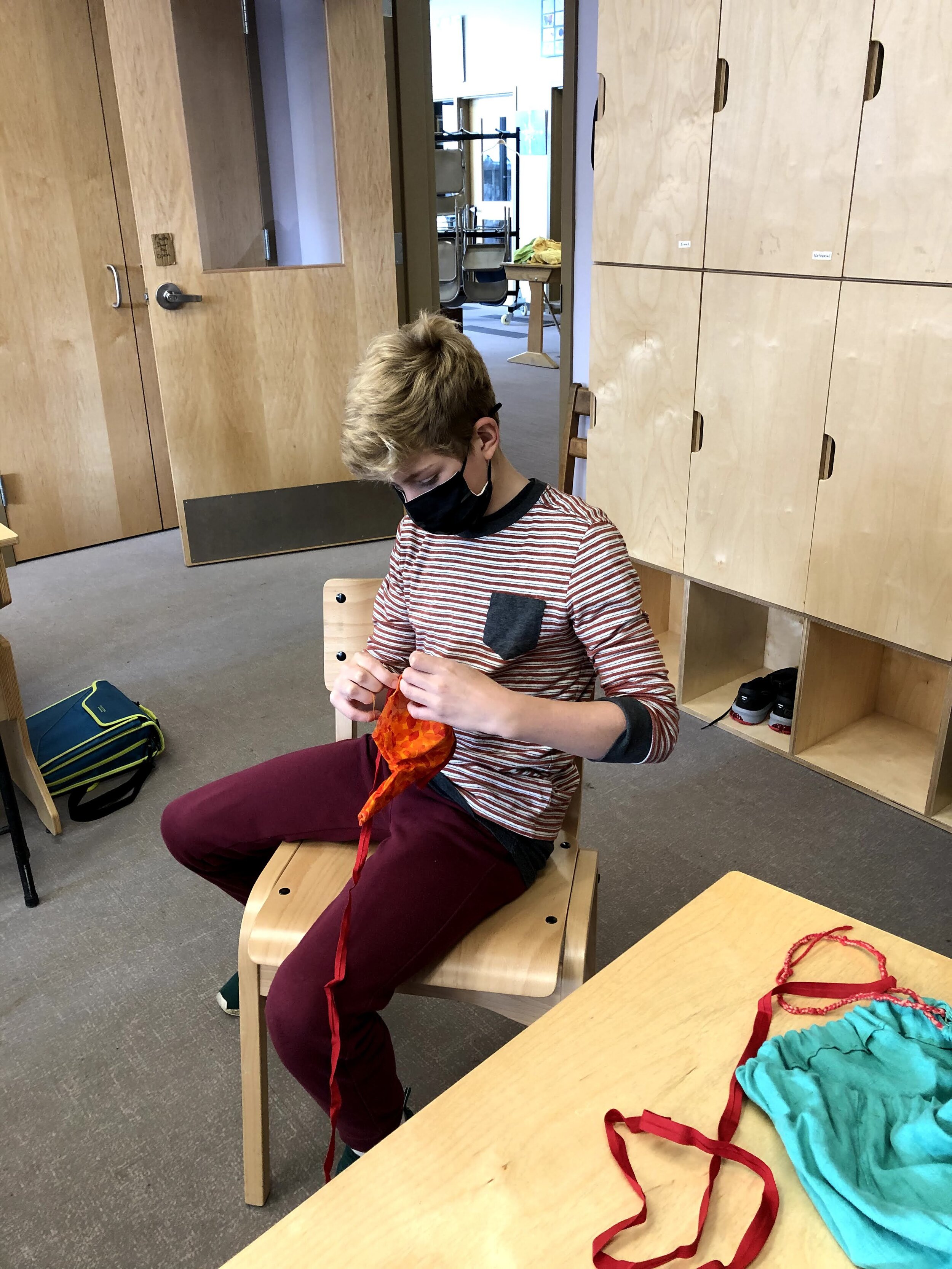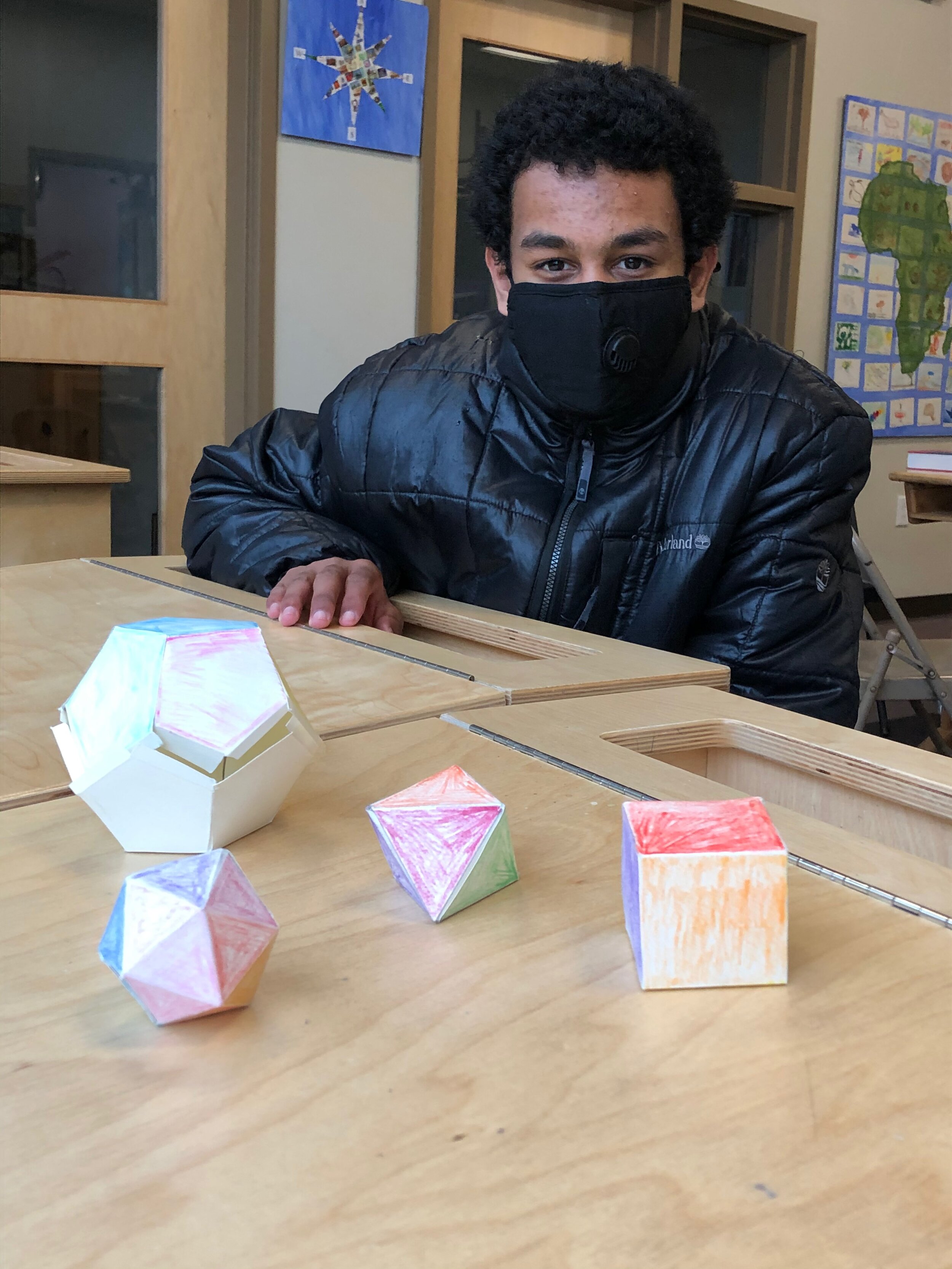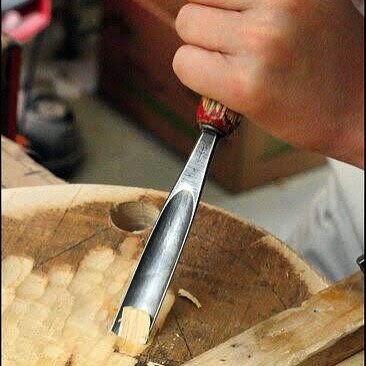Upper Valley Waldorf School’s Arts Integrated Approach to Education
As a Waldorf school we approach the arts, and the role of the arts in education, differently than many other schools. This starts with a view that the arts are not an add-on, or an extra, but are a fundamental part of how children learn, and a core part of our curriculum.
We are not an art school, where the goal is to train future artists in various mediums. Instead, the arts are a core part of our curriculum because of the role they play as a teaching tool in helping children approach and understand other subjects, nurture their creativity, and develop a wide range of important skills. Additionally, the arts provide numerous developmental, social-emotional, and academic benefits.
Art as a teaching tool in Waldorf classrooms
One way that the arts play a role in our curriculum is as a way for students to approach and learn a variety of other subjects. Our teachers will incorporate the arts as tools to help children learn new subjects.
Using sculpting to understand geometry.
Using rhyme and music to work on multiplication.
Using theater to go deeper into literature and history.
Our Main Lesson Books are another example of how we use art to support learning. Each grade focuses on one “Main Lesson” for 3-4 weeks at a time, in addition to their shorter subject classes. This focus allows them to dive deeply into the subject of the block, be it history, botany, physics, geometry, or geography.
Instead of using traditional textbooks, students create their own “textbook” in the form of a main lesson book, that incorporates their essays, drawings, maps, lab reports and other materials that reflect what they have learned throughout the block.
Through these handmade books, our students take ownership of their learning. They are asked to creatively show their understanding of a given subject, not just be able to memorize facts for a test.
Writing by hand and drawing are both key parts of students creating their main lesson books. Both cursive writing and drawing have been shown to help brain development and increase learning.
Recent studies have shown that drawing is the most effective way to learn and actually retain new material. One of the benefits of an arts integrated academic curriculum is that it leads to deeper more long-term learning; research shows that children are much more likely to retain material taught in an arts integrated way.
Another benefit of incorporating the arts into academic instruction is that it makes the lesson more accessible for a broader range of students. Children have many different ways of learning, and research shows that arts integration helps students succeed who might otherwise struggle academically.
The Arts and Their Role in Developing Cognitive Skills
Waldorf education uses a developmental approach to helping children learn. Teachers bring academic subjects, and learning techniques and materials best suited to children at each developmental stage.
This is especially important in the arts, whether practical arts, visual arts, or performing arts. For example, knitting is part of our handwork curriculum starting in the early grades. It helps foster a number of key developmental cognitive and small motor skills that are beneficial for learning reading and writing. Knitting and sewing also help students practice their numeracy and math skills, with research showing that knitting is even related to the kind of thinking required for coding.
Music is another art form that has lots of crossover benefits for children’s academic development. Music is deeply related to math through timing, counting, and relationships of notes and numbers to each other. Music has been shown to increase students' mathematical and spatial-temporal reasoning.
Music is also very important for strengthening working memory, allowing children to improve their listening abilities and their ability to take in and process information. This has lots of benefits for academic learning. . . helping students to listen and concentrate better, remember more of what they have heard, and even helping with increased vocabulary and language skills. Children at the Upper Valley Waldorf school participate in and benefit from music in every grade including both singing and playing an instrument.
The Arts and Social-Emotional Learning
Social-Emotional skills help people navigate through day-to-day situations and challenges, and are critically important for children to develop. The art curriculum at Upper Valley Waldorf school gives students the opportunity to develop and to practice those skills.
The performing arts are important for developing social awareness and relationship skills. Each child in the class works with the rest of the class to put on a theater production, or each child learns to sing or play in time and in harmony with their peers to perform a piece of music. (Sing every year, play an instrument)
The performing arts also provide important opportunities for children to practice responsible decision making, as their individual choices and actions impact the ability of the group to work together to put on a performance. If they don’t practice, or don’t learn their lines, or are disruptive to rehearsals, there is a clear and immediate impact on the project, and an opportunity for social learning.
The visual and manual arts provide learning opportunities in self-awareness, as children can immediately see physical results of their work. Art can provide a wonderful window for students to develop insight about themselves. Students' habits and tendencies are often made visible in their artistic work. Does a student tend to rush things? That will show up visually in their artwork in a way that is easier for them to recognize than in their academic work.
They learn to recognize the things that they struggle with and things that they excel at, and can learn to work at improving those things that they struggle with. If a student struggles with attention to detail, that will be visually apparent in mistakes in their knitting. If a student struggles with holding themselves back, they can see the results of that in the woodwork shop, as they are likely to overwork a project, or take too much material off of their wooden bowl or spoon too quickly. If they too anxious or hesitant, and unwilling or unable to commit to their decisions, that will be apparent in wood working and sculpting as well. These are learning opportunities, and teaching opportunities as well, as the student and their teachers can work together on areas where the children struggle, and teachers can give them opportunities to excel and gain confidence in themselves and their own abilities.
The manual arts of handwork and woodwork are particularly important for lessons in self-management, as students learn to take on complex multi-step projects, overcome obstacles, work independently, work in challenging new materials or with new tools, and develop resilience.
Creativity, through the act of literally creating something new, is another benefit of the manual and visual arts. This helps students develop confidence in themselves and their own abilities, and to think of themselves as creative. Children can see and experience that they can learn new techniques and skills, and they take that confidence into other areas of their learning.
Finally, art has a range of other mental health benefits that support students. It brings joy, it relieves stress, and it teaches concentration and focus.It gives students the time and space to exercise a different part of the brain. Through artistic activities, students process their emotions and their academic learning.
Why are the Arts Critically Important Now?
Despite all of the benefits that the arts provide, art funding and time dedicated to the arts is declining in many schools across the country, to the detriment of students. The decline is due at least in part to budget cuts to education coupled with high stakes testing driven approach to education that is narrowly focused on reading and math This approach to education sees art as an unnecessary, optional, and ultimately an expendable extra.
At UVWS, we don’t see it that way. Our teachers and curriculum are built around the recognition of the critical role art plays in academic and social and emotional learning. The arts are of paramount importance to students developing into happy, well balanced, and successful adults.
Another reason artistic experiences are becoming even more important is that changes in the world of work have increased the demand for exactly the skills that the arts help develop. As robotics, artificial intelligence, and machine learning take off, the future of work is starting to look different, as whole categories of jobs may be replaced. What type of jobs will exist and what types of skills will be needed for the jobs of the future?
Experts think that the top skills that will be needed in the future (and not replaceable by machines) include:
Empathy and related social-emotional skills.
The ability to see the whole picture (systems thinking).
Imagination, and the ability to think of something completely new.
Creativity, especially the ability to make things and prototype things.
Adaptability, especially the ability to quickly and easily learn new things.
These are all skills that the arts help children to develop.
An education that is aimed at helping children prepare for the future needs to help them develop these core capacities. It is also not just the future that will be creativity and empathy driven. Current employers also consistently rank those skills amongst the top skills they are looking for in new employees.
Finally, in this challenging year with a global pandemic affecting how we go about our daily lives, the social-emotional benefits that the arts bring to children are more important than ever. Artistic activities help children process their emotions, ease tensions, and build their emotional resilience. Children need to draw upon these inner resources in the best of times, but especially in these challenging times.


